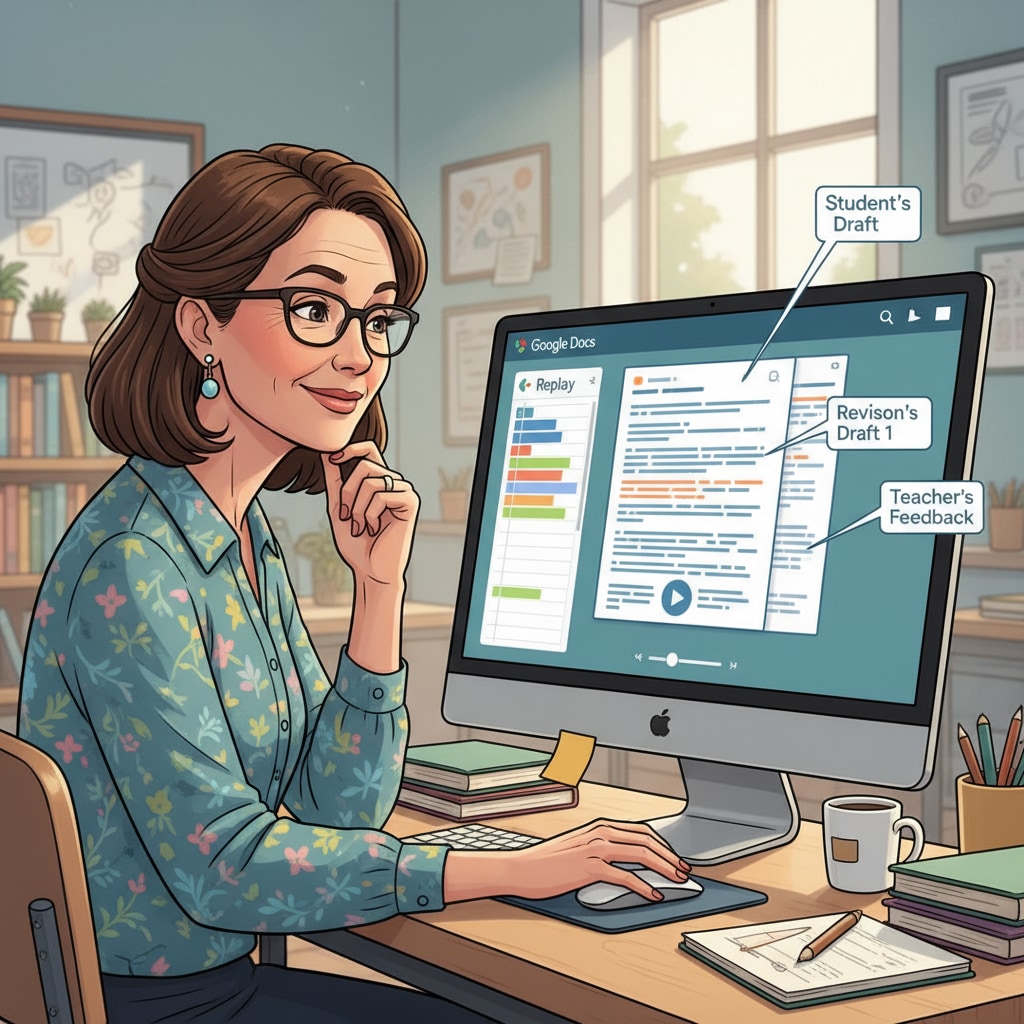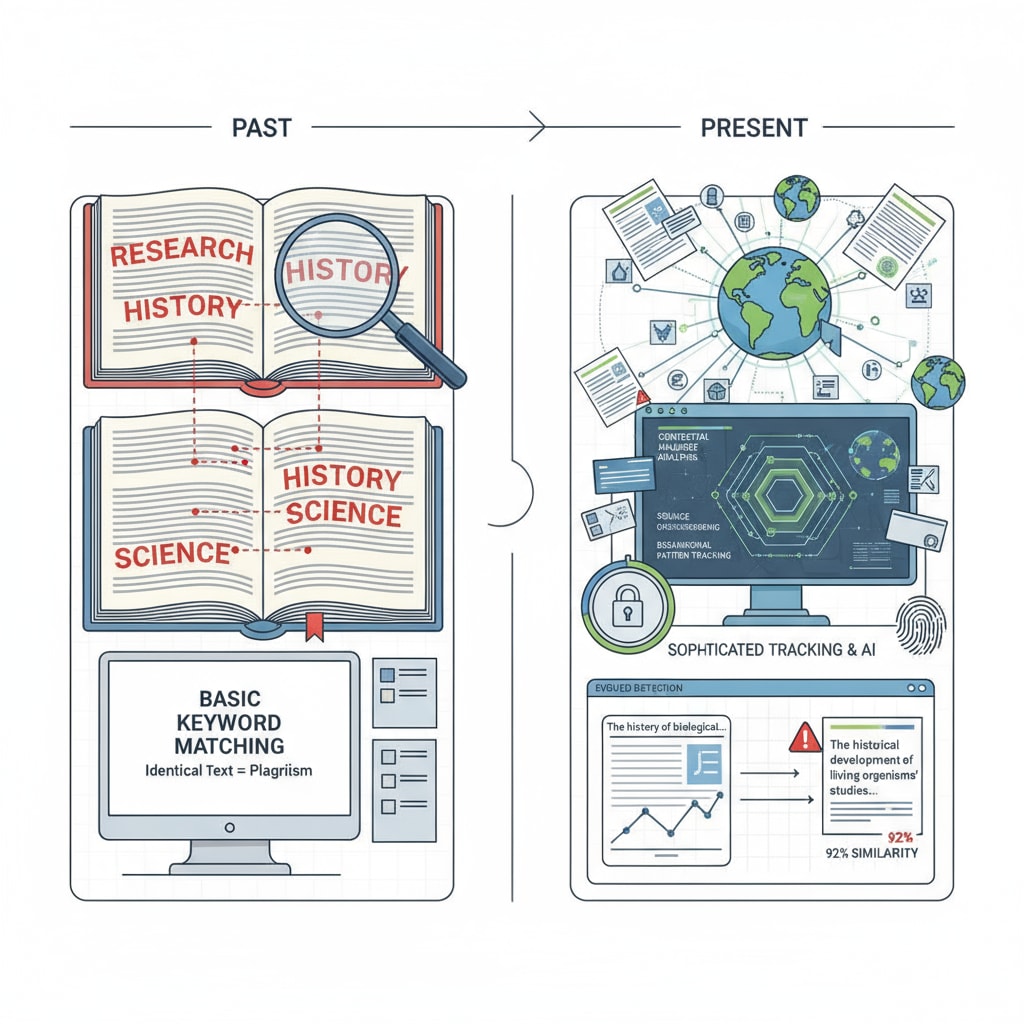In the realm of education, plagiarism detection, student writing, and teaching support are crucial aspects that often intersect in unexpected ways. The Google Docs replay function, for example, has emerged as a powerful tool that goes beyond simply identifying academic dishonesty. It serves as a window into the student’s learning process, allowing educators to understand the true nature of their writing journey.

This not only helps in catching plagiarism but also in providing the necessary support to students who might be struggling.
The New Role of Plagiarism Detection Tools
Traditional plagiarism detection tools were primarily designed to flag copied content. However, modern digital tools like Google Docs replay offer a more in-depth view. They can track the entire writing process of a student, from the first keystroke to the final submission. This means that educators can see how ideas were developed, whether there were any sudden jumps in writing style, and if external sources were used appropriately. For example, if a student’s writing suddenly becomes overly sophisticated in a particular section, it could be a sign of potential plagiarism. By analyzing the replay, teachers can determine if this is the case or if the student has genuinely made significant progress. Plagiarism detection software on Wikipedia

Uncovering Student Writing Patterns
One of the most significant benefits of using tools like Google Docs replay is the ability to uncover student writing patterns. Some students may start with a burst of creativity but struggle to maintain the flow. Others might take a more methodical approach, carefully planning each paragraph. By observing these patterns, educators can provide personalized teaching support. For instance, if a student is found to be struggling with structuring their thoughts, a teacher can offer specific strategies for organizing ideas before starting to write. This targeted support can significantly improve a student’s writing skills. Educational psychology on Britannica
Moreover, these tools can also help in identifying students who may be facing difficulties due to learning disabilities or other issues. For example, if a student consistently deletes and rewrites the same sentence multiple times, it could indicate a problem with grammar or expression. Teachers can then intervene and provide the necessary resources and support.
Readability guidance: The use of short paragraphs and lists helps to summarize key points. Each H2 section provides insights into different aspects related to plagiarism detection, student writing, and teaching support. The passive voice and long sentences are kept to a minimum, and transition words like ‘however’ and ‘for example’ are used to enhance the flow of the article.


